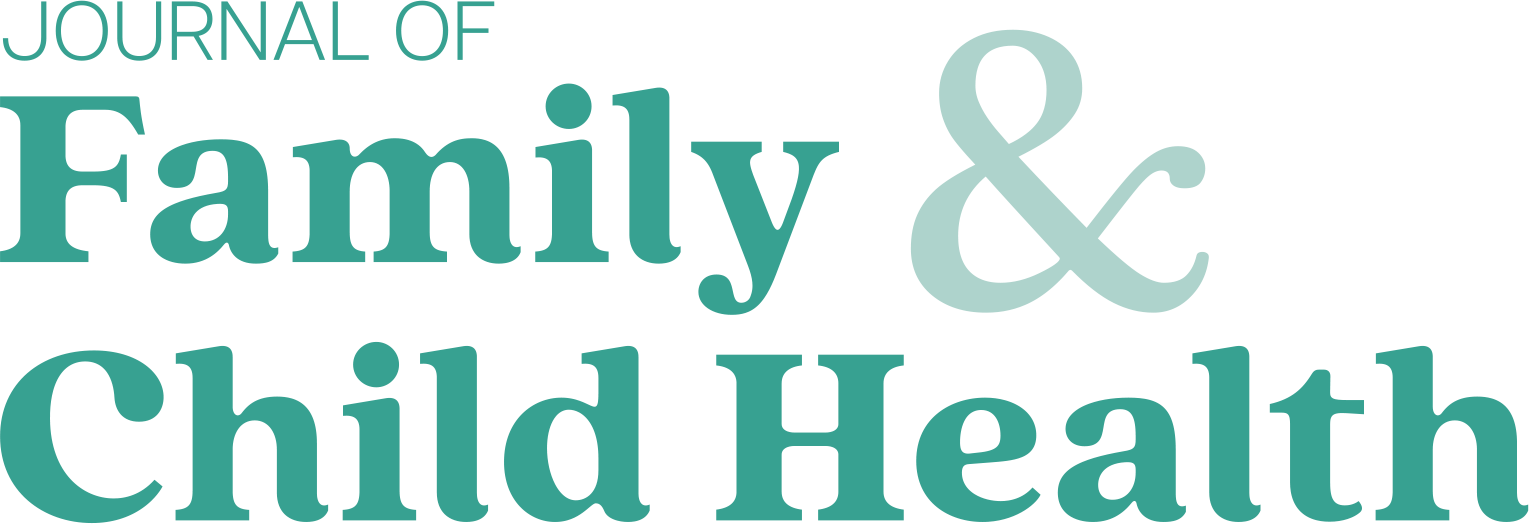References
Considerations around Gillick competence in healthcare
Abstract
This article explains the principles of Gillick competence, including how to involve young people and those with parental responsibility in decisions about medical treatment
It is important for health professionals, particularly those with prescribing responsibilities, to understand the concept of Gillick competence when caring for young people and entering into a therapeutic relationship. In order to receive treatment, an individual must be able to consent; and in order to be able to consent, they must be deemed to have capacity.
Under current UK law, adults are usually presumed to be competent in order to consent to treatment. This is only questioned if their decision seems unwise or irrational to the health professional (Larcher and Hutchinson, 2010). With regards to children and young people, however, ability to consent is only possible if they are deemed to be ‘Gillick competent.’ This refers to the rights of a child who is under 16 years of age (Griffith, 2016).
The ‘right to consent’ to medical examination and treatment was decided by the House of Lords in Gillick v West Norfolk and Wisbech Health Authority in 1986 (Griffith, 2016). ‘Gillick’ refers to Mrs Victoria Gillick, who wrote to the Department of Health and Social Security (DHSS) in 1982, wanting confirmation and reassurance that her daughters – all under the age of 16 – would not be given advice regarding terminations or contraceptives without her specific consent.
Register now to continue reading
Thank you for visiting Journal of Child Health and reading some of our peer-reviewed resources for children’s health professionals. To read more, please register today. You’ll enjoy the following great benefits:
What's included
-
Limited access to our clinical or professional articles
-
New content and clinical newsletter updates each month

